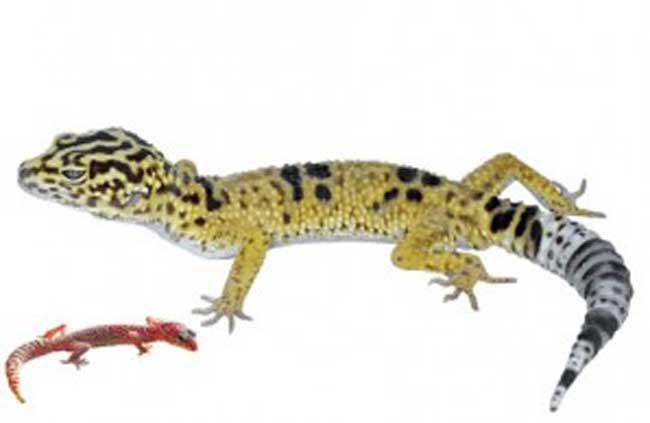Bigger Creatures Have Bigger Blood Cells

When it comes to metabolism, size matters—cell size, that is, according to a recent study.
Small animals have faster metabolisms relative to their body size than do large animals. According to the so-called metabolic theory of ecology, that scaling is responsible for many patterns in nature—from the average lifespan of a single species to the population dynamics of an entire ecosystem. Although scientists generally agree on the theory's fundamentals, they disagree on the reasons for the scaling. One camp thinks metabolic rate is driven by cell size; another thinks it corresponds to the size and geometry of physiological supply networks, such as the circulatory system.
The "cell-size" camp points out that small cells are more energetically demanding because they have a larger ratio of surface area to volume than big cells do, enabling them to exchange disproportionately more gas and nutrients. But, with the exception of one study on ants, evidence for small animals actually possessing small cells and correspondingly high metabolisms has been surprisingly lacking—until now.
With four colleagues, Zuzana Starostová, at the time a graduate student at Charles University in Prague, measured the size of red blood cells (a proxy for average cell size) and resting metabolic rate in fourteen species of eyelid geckos. The lizards are morphologically similar, but vary greatly in size: the largest, at a quarter pound, weighs thirty-three times as much as the smallest.
Sure enough, the team found that the larger geckos had bigger red blood cells and a lower metabolic rate relative to body size than small geckos did. Their work supports the idea that cell size helps determine metabolic rate—which, in turn, underlies much of life’s patterning.
The findings were detailed in the American Naturalist.
This article was provided to LiveScience by Natural History Magazine.
Get the world’s most fascinating discoveries delivered straight to your inbox.
 Live Science Plus
Live Science Plus





